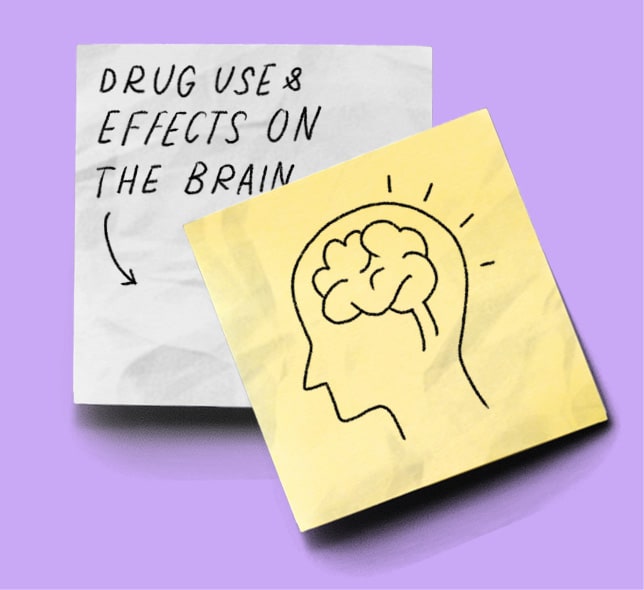Exploring Lesson 3: Drugs and The YOU-Th Brain

In this blog post, I want to talk about Lesson 3 from Stanford Medicine’s Safety First program. This lesson is all about how unique everyone’s brains are and how drugs affect the brain, especially during development.
This lesson begins by describing the learning objectives and standards of the National Heath Education. When scrolling down, it presents a slideshow that explains important key terms, examples of how everyone’s brain is unique, and how drugs affect the brain. The presentation gave many important examples, especially highlighting how drugs affect the brain during its development stages.
I appreciated how this lesson was presented in a clear and accessible manner. The language shown was straightforward, and the provided examples were simple. Additionally, valuable advice and information about the brain were offered regarding staying away from substance abuse, your brains job, and what happens during withdrawals.
Another thing I liked about this slideshow was the fun fact slides and the exit ticket. I believe that answering an exit ticket at the end of every lesson gives everyone a better understanding of what they just learned, and how they can apply that information to different questions being asked. For example, this lessons exit ticket question was “Why is it so important to protect your brain during adolescence and development?” I feel like this makes you think further beyond what you learned and how you could apply maybe personal experiences it into this question. I also liked the Kahoot attached to it. Kahoot is a fun way to quiz students and see how much knowledge they understood from the lesson! I would definitely want to use Kahoot in my future classrooms.
I also really like how much material this lesson gives for teachers or anyone wanting to learn more about this subject. For example, it shows talking points associated with a slide chart as well as a discussion guide for this lesson. This is useful to make sure you’ve hit every point the lesson is trying to give and ways to discuss this topic with other peers.
In conclusion, I really enjoyed this lesson and feel like it teaches anyone about your brain, what drugs can do to your brain, and the negative impacts overall. I feel like this lesson can definitely be used in my future classrooms since it gives a well presented slideshow with examples and questions to ask my future students to expand their thinking and cover what they have learned.

References:
Halpern-Felsher REACH Lab. (n.d.). Safety First – Lesson 3. https://med.stanford.edu/halpern-felsher-reach-lab/preventions-interventions/Safety-First/safety-first-lesson-3.html
I liked how you described the lesson from Stanford Medicine’s Safety First program. You explained the key points well, like how drugs affect our brains, especially during development. It’s good that the presentation was clear and easy to understand, with simple language and examples. I wonder if there were any specific examples from the slideshow that stood out to you the most? Sharing those could help others understand better too. I am confused by whether there were any specific examples from the slideshow that stood out to you the most. Sharing those could help others understand better too. It’s great that you appreciated the exit ticket and the Kahoot quiz. They’re fun ways to check understanding. Maybe you could suggest some ideas for future lessons to make them even more engaging, like interactive activities or real-life stories. Overall, it sounds like this lesson provided valuable information that you can use in your future classrooms, and now I can also use from reading this. It’s important for students to learn about how drugs can affect their brains and why it’s crucial to protect them, especially during adolescence. Thank you for sharing knowledge you learned and helping others learn by blogging about it.